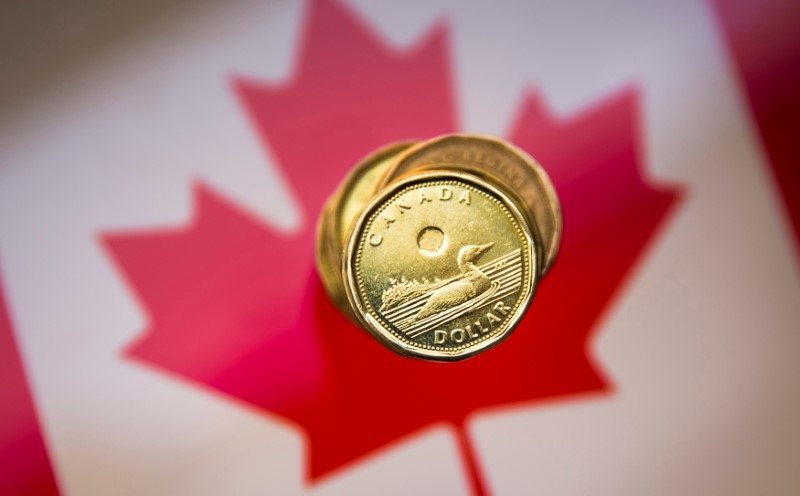By Alastair Sharp
TORONTO (Reuters) - The Canadian dollar held its ground against a broadly firmer greenback on Tuesday, as domestic data showed a third consecutive monthly trade surplus in January and investors awaited jobs data that could provide further direction.
The Canadian dollar
The currency's strongest level of the session was C$1.3383, while its weakest was C$1.3436, just one pip under the nearly two-month low the loonie touched on Friday.
"From here, there's a lot on the calendar that can still move dollar/Canada to where we see it going, which is the C$1.40 level by Q2," said Eric Theoret, a currency strategist at Scotiabank.
"This week it's the employment picture and then next week the highlight will be the Fed, obviously."
Investors will be looking for strong U.S. employment growth in a private payroll provider's data on Wednesday and from nonfarm payrolls on Friday to cement the view that the Fed will hike interest rates when it meets next week and pick up the pace of future hikes.
Canadian jobs data is also due on Friday, although the Bank of Canada is broadly seen holding steady on monetary policy despite recent solid economic data.
The C$807 million trade surplus reported on Tuesday slightly exceeded analysts' forecasts of a C$700 million positive balance. Exports rose by 0.5 percent while volumes expanded by 1.0 percent.
"I think it provides some modest encouragement but I think it still leaves the Bank (of Canada) in data watch mode, remaining on the sidelines," said Paul Ferley, assistant chief economist at Royal Bank of Canada.
"Their big concern is the prospect of protectionism emerging from the U.S.," he said. "Certainly, if anything on that front were to emerge, these tentative signs of improvement could get swamped by signs of policy initiative emerging from the U.S."
Canada sends about 75 percent of its exports to the United States and could suffer badly if U.S. President Donald Trump follows through on promises to renegotiate the North American Free Trade Agreement (NAFTA) or if a proposed border adjustment tax is implemented.

Canadian government bond prices were lower across the yield curve in sympathy with U.S. Treasuries. The two-year (CA2YT=RR) dipped 6 Canadian cents to yield 0.800 percent, and the 10-year (CA10YT=RR) declined 24 Canadian cents to yield 1.738 percent.